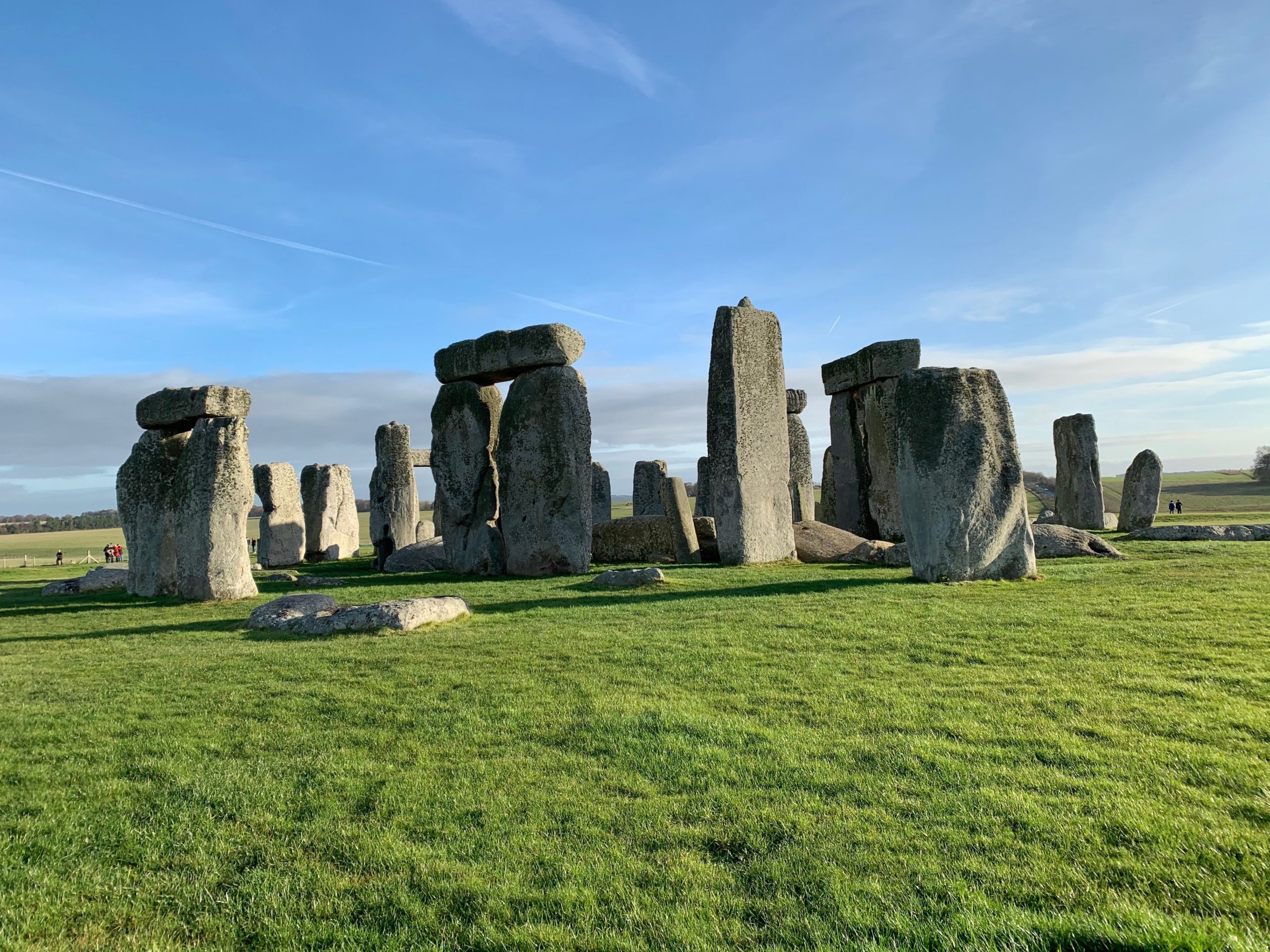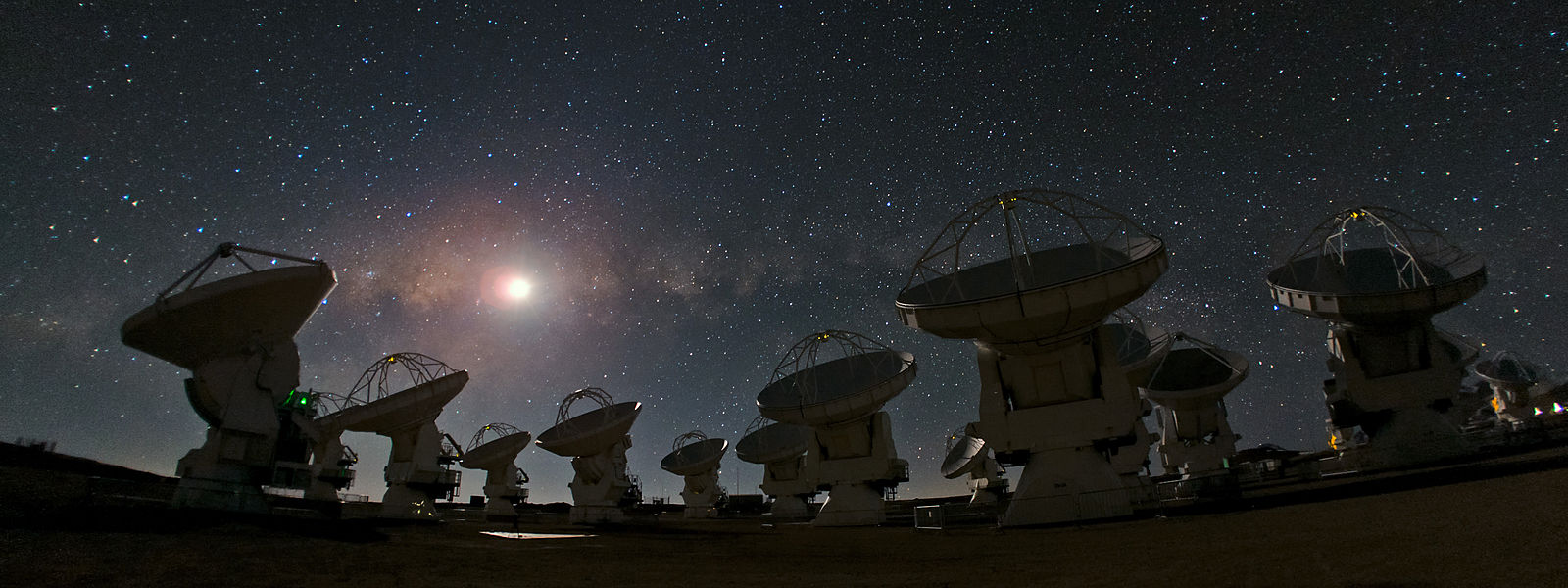You can visit these sites around the world to experience the power of the heavens – by viewing the night sky or to wonder how ancient civilisations interpreted the movements of sun, moon and stars.
Stonehenge, Wiltshire, England
Is this the world’s earliest and most dramatic observatory? There are more than 1,000 prehistoric stone circles in the UK, mysterious remnants of Neolithic and Bronze Age cultures. But one monument outshines the rest, at least in terms of international impact: Stonehenge, in Wiltshire. This vast circular arrangement of sarsen stones and bluestones, some up to 9m tall, was constructed from around 2,500BC within earlier earthworks, and today attracts some 1.5 million visitors each year.

But what was it built for? Many theories have been proposed, but the generally accepted view is that it was a temple aligned with the movements of the sun. At the summer solstice (21 June) and winter solstice (21 December) – the longest and shortest days of the year – it had particular significance; on 21 June, the sun rises behind the so-called Heel Stone and shines into the heart of the circle.
Thousands of ‘druids’, pagans and spiritual seekers gather here on the evening of 20 June, ready to celebrate the special dawn the next morning – a powerful experience, whatever your beliefs.
Manhattanhenge, New York City, USA
A couple of times each year, the setting sun aligns perfectly with the east-west streets in New York City, creating the phenomenon dubbed “Manhattanhenge” by astrophysicist Neil deGrasse Tyson in a nod to the English Neolithic monument.

The streets actually run at a 29° angle from true east-west, and the dates of Manhattanhenge fall slightly either side of the summer solstice – in 2019, the full sun will be visible just above the western horizon on 30 May and 12 July (the corresponding dates for the winter solstice are roughly 5 December and 8 January). Head to 14th, 23rd, 34th, 42nd or 57th Streets for the best views of this curiously modern astronomical marvel.
Mnajdra, Malta
Britain doesn’t have the monopoly on ancient megalithic monuments – and in fact the twin complexes of Hagar Qim and Mnajdra on the south coast of Malta are more ancient even than Stonehenge.

Construction on the first of the three limestone temples of Mnajdra began sometime around 3600–3200BC, but it’s the South Temple – build c3150–2500BC – that’s of astronomical interest. It’s aligned such that on the solstices the first rays of sunlight pierce a doorway to hit the edge of decorated blocks alongside an internal doorway; similarly, on the equinoxes the rising sun shines a beam of light through the main entrance and onto a central altar.
Jantar Mantar, Jaipur, India
Even kings need hobbies – and Maharajah Sawaii Jai Singh II of Jaipur had a truly celestial purpose. In the early 18th century, this stately ruler in Rajasthan began building a series of astronomical observatories across cities in north India, beginning in New Delhi in 1724.

At first glance, it looks like a curious open-air gallery of abstract sculptures. In fact, this collection of 13 huge instruments was designed to measure time (the Samrat Yantra gives the local time in Delhi), pinpoint the location of heavenly bodies and determine latitude. The Mishra Yantra indicated the shortest and longest days of the year (the latter being also the traditional start of the monsoon), while the Jai Prakash Yantra was used to indicate the sun’s position at the time of the equinox. Whether you’re interested in historic science projects or not, this is a fascinating place to wander, and provides a little peace in the hectic city centre, just south of Connaught Place.
El Castillo, Chichen Itza, Mexico
At the height of the civilisation’s power around the 11th century AD, the Maya of Chichen Itza built the huge step pyramid known today as El Castillo – a vast temple to the feathered serpent deity Kukulcan.
Visit this fascinating site in Yucatán, Mexico around the spring or autumn equinox to witness a mesmerising phenomenon: the setting sun casts shadows on the side of the stairs leading down the north face of the pyramid, creating the illusion of the snake-god descending to Earth.

How mystical you find this experience depends on your perspective – and on the dates of the spring equinox in particular, the site is thronged with visitors hoping to see the spectacle. Come a few days either side of the actual date for a more peaceful experience.
Atacama Desert, Chile
The skies above the world’s driest non-polar desert are among the clearest on Earth – at over 5,000m altitude, and with extremely low humidity, conditions are perfect for watching the stars. It’s for this reason that the site in Chile was chosen for the ALMA (Atacama Large Millimeter/submillimeter Array), a collection of 66 radio telescopes, itself constructed near the Llano de Chajnantor Observatory.

Visits to ALMA are run at weekends (register in advance here), but to experience the sensation of being swathed in a blanket of stars, simply head out into the desert at night and gaze up to be awed by the constellations. Be warned: at these altitudes temperatures can plummet well below 0°C at night, so wrap up warm.
Temple of the Sun, Machu Picchu, Peru
This Inca citadel, built for 15th-century emperor Pachacuti, is a jaw-dropping site in itself, not least because of its location – perched on a mountain ridge far above the Urubamba River. Hidden by jungle and mists for centuries, it wasn’t till 1911 that American Hiram Bingham explored and described Machu Picchu to the wider world.

Today, thousands of tourists visit each day, but even those swarms can’t detract from the majesty of the site, which is only enhanced by learning about the purpose of the various zones within the citadel. Close to what’s believed to have been the royal palace stands the Temple of the Sun, which was obviously of huge significance to the Inca: a small window is aligned with the winter solstice (June), when the sun shines through the aperture to strike the rock altar within.